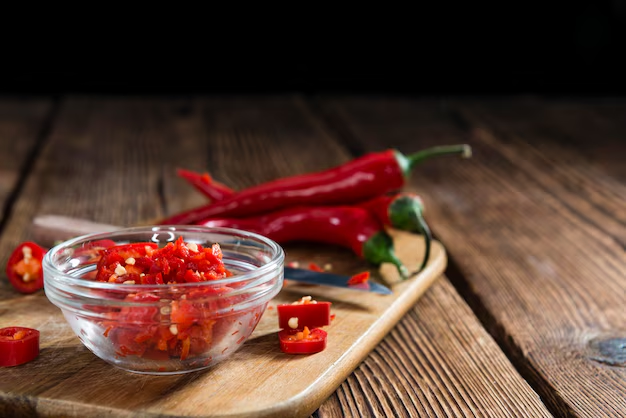How Long Can You Safely Store Leftover Chili in the Refrigerator?
When the weather turns chilly, there are few dishes more comforting than a steaming bowl of chili. Whether it's spicy Texas chili con carne, a vegetarian version laden with beans, or an experimental white chicken chili, this versatile dish is a staple in many homes. But what happens after you've had your fill and still have some delicious grub left? How long is leftover chili good in the refrigerator? This guide dives deep into everything you need to know about nourishing your palate and keeping your cooking creations safe to consume.
🥶 The Basics of Chili Storage
How Long Can You Store Leftover Chili?
Leftover chili stored in the refrigerator is generally safe to eat within three to four days. This timeframe ensures that the chili remains flavorful while minimizing the risks of bacterial growth. The rule applies regardless of whether the chili contains meat, beans, or is purely vegetarian.
Why Does Storage Time Matter?
Storing chili for longer than the recommended timeframe increases the risk of pathogen proliferation, such as Listeria or Salmonella, which can lead to foodborne illnesses. While some mold or off-color changes are clear indicators of food going bad, not all unsafe food displays such evidence. The key is to adhere to timelines known to maximize safety.
🛠 Best Practices for Storing Leftover Chili
Quick Tips for Safe Storage
- Cool quickly: After serving, let chili cool to room temperature before refrigerating, but don't leave it out for more than two hours.
- Airtight containers: Use airtight containers to prevent moisture loss and minimize the absorption of other fridge odors.
- Shallow containers: Storing in shallow containers aids faster cooling, reducing the time chili spends at temperatures conducive to bacteria growth.
- Label it: Mark containers with storage dates to avoid any confusion about freshness.
📝 Practical Summary
- 🍲 Cool and refrigerate within 2 hours
- 🔒 Use airtight containers
- 📅 Consume within 3-4 days
🍽 Factors Influencing Chili's Shelf Life
Ingredients Matter
The ingredients in your chili can also affect its shelf life. Chili made with fresh, high-water-content vegetables or added dairy components like cheese may spoil sooner than those composed primarily of beans and meats. Be attentive to type and quality as a guidepost for longevity.
Refrigeration Consistency
Maintain a consistent refrigerator temperature of 40°F (4°C) or below. Fluctuations can lead to uneven storage temperatures, promoting deterioration.
🌿 Extending Shelf Life Safely
Freezing Chili
For those wishing to extend the life of their leftover chili, freezing proves a reliable option. Properly stored in the freezer, chili can retain its quality for up to three to six months.
Freezing Tips:
- Portion wisely: Package in serving-sized portions for more manageable thawing.
- Seal securely: Use freezer-safe bags or containers to prevent freezer burn.
- Label details: Note both the freezing date and type of chili for easy identification later.
Defrosting & Reheating
Defrosting should be done safely in the refrigerator overnight, or for quicker use, employing a microwave’s defrost setting. When reheating:
- Ensure chili reaches a minimum internal temperature of 165°F (74°C).
- Stir occasionally to distribute heat evenly.
🌶 Understanding Spoilage Indicators
Signs Your Chili Has Gone Bad
- Smell: An off, sour, or pungent smell indicates spoilage.
- Texture: Any film, mucous-like texture, or visible separation of ingredients warrants disposal.
- Appearance: Mold or discoloration like dull or brown spots lead to tossed batches.
When in doubt, champion the phrase, "When in doubt, throw it out!" It's better to err on the side of caution.
💡 Smart Storage Practices to Prevent Waste
Chili is a convenient dish to double-batch or pre-make when a busy schedule looms. To minimize waste and maximize nutrition, consider these savvy kitchen practices:
- Meal planning: Incorporate multiple days of chili into your meal plans.
- Creative leftovers: Utilize chili in other dishes, such as chili dogs, chili-topped baked potatoes, or even nachos.
- Sharing is caring: Send some over to a neighbor or friend, especially if you've made a big pot.
🧠 Closing Thought on Chili Storage
Ensuring that your homemade or store-bought chili delights remain fresh and safe involves understanding the limits of refrigeration, being mindful of potential spoilage signs, and exploring storage extension possibilities such as freezing. These practices not only safeguard your health but also respect the effort and flavors lovingly crafted in every bowl. With these insights, indulge in your delicious chili worry-free!
